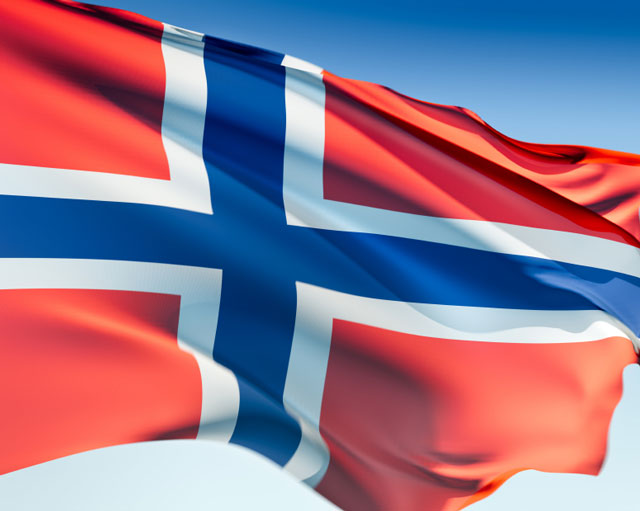Climate change replaces hunting as biggest threat to polar bears
 Oslo - Climate change poses the main threat to the world's polar bear population, the world's five biggest polar bear nations said Thursday.
Oslo - Climate change poses the main threat to the world's polar bear population, the world's five biggest polar bear nations said Thursday.
Norway, Denmark/Greenland, Russia, the US and Canada all agreed in 1973 to sign an agreement protecting polar bears and their habitat.
But back then, hunting was regarded as the biggest threat to the bears.
However, global warming, which causes the Arctic sea ice to melt, is now considered to be the main threat to polar bears that raise their young and hunt for food off the sea ice.
Some researchers fear the world's polar bear population - estimated to between 20,000 and 25,000 animals - will shrink by a third within a few decades if the trend is not reversed.
"The meeting was a success from a Norwegian point of view. The countries have sent a clear message to the world that climate change is a serious threat to polar bears and the future of the polar bear hinges on containing climate change," Norwegian Environment Minsiter Erik Solheim said.
Climate change can only be tackled within a larger international context, Solheim added.
The three-day meeting that ended Thursday was held in the northern Norwegian city of Tromso.
Although the five polar bear nations agreed in 1981 to extend the treaty indefinitely, they have not held regular meetings.
Participants at the Tromso meeting agreed to prepare national action plans to protect the polar bears and their habitat, and to coordinate research.
The respective national plans were to form the basis of a joint plan.
Other challenges to polar bears include impacts from human activity including shipping, and exploration for minerals or oil as the ice sheets melt as well as the impact from toxic substances.
The five-nation group agreed to meet again in 2011 in Canada, followed by a new meeting in Russia in 2013. (dpa)